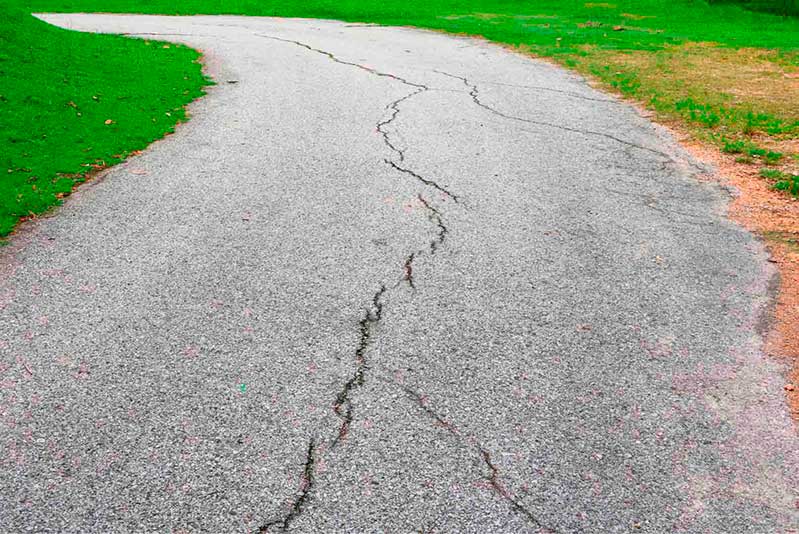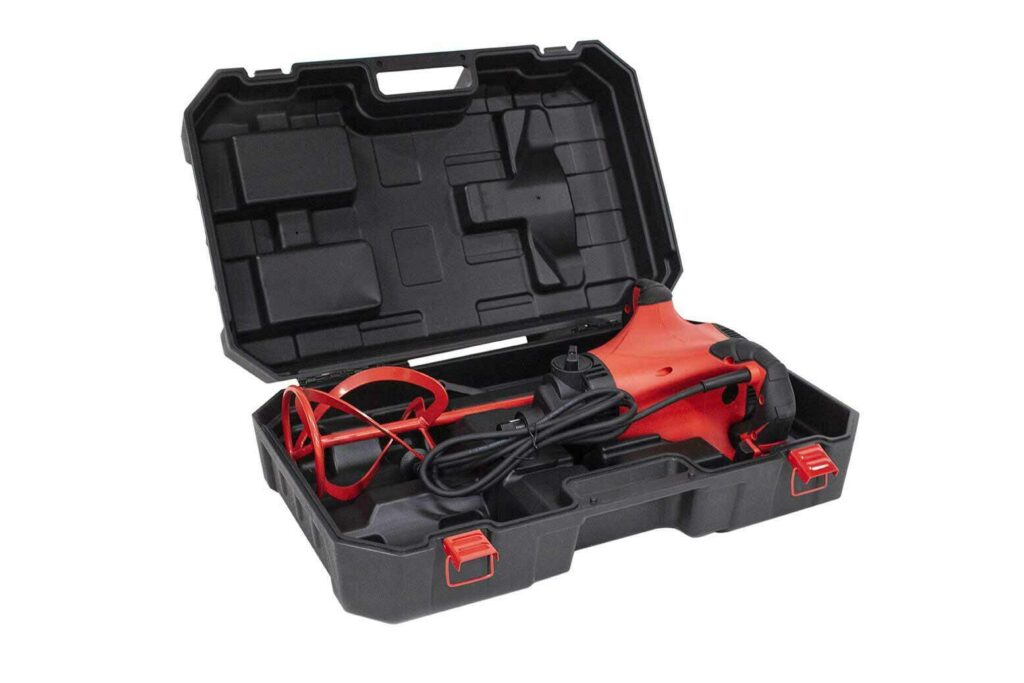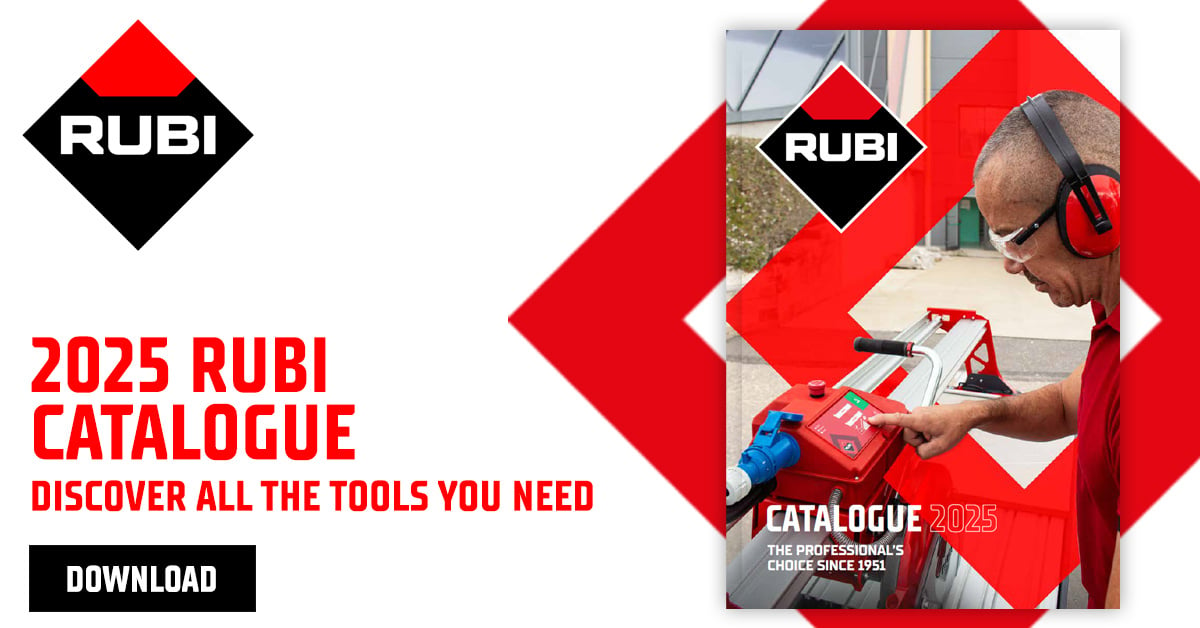Are you noticing wear and tear on your concrete driveway? You might need to do some concrete driveway repair.
Concrete driveways are a great choice for many homeowners due to their durability and low maintenance requirements. But over time, just like a tile installation they can start to show signs of damage from weathering or other factors.
You don’t want the condition of your driveway to get any worse, so you must take action now before the problem gets out of hand. With the right materials and knowledge, you can have a beautiful concrete driveway once again in no time!
Read on for everything you need to know about concrete driveway repair!


Concrete vs. Asphalt
Asphalt and concrete have both become popular choices for many homes, but each option has unique benefits that make it ideal for certain environments or situations. Asphalt is more cost-effective, durable in cold weather, and easier to repair than concrete. It also provides better traction when wet, making it a great choice if you’re located somewhere with significant precipitation every year.
On the other hand, concrete is known for its longevity and resistance to wear. It requires less maintenance while retaining its look long-term, which can add value to your home if you ever decide to sell.
Take the time to do your research into what material would work best for you and your family’s needs — whether asphalt or concrete – because there’s no one size fits all solution when it comes to installing a new driveway!
Benefits of Having a Concrete Driveway
There are many benefits to having a concrete driveway. Concrete is durable and lasts up to 50 years or more, meaning that you save yourself time and money in the long run.
What’s more, concrete driveways hardly need any maintenance – all you need to do is give them a quick hose down from time to time!
With high functionality and low cost, there’s no debate that concrete driveways are a great choice for anyone looking to create a functional and attractive space without breaking the bank.
Signs You Need Repair Work Done
A concrete driveway can last many years with proper maintenance — but that doesn’t mean there won’t be signs of aging. It’s important to keep an eye out for certain signs so that you can take action and repair your concrete driveway before too much damage is done.
If you see cracks, discoloration, or sunken spots in your driveway, it could be time to investigate whether it requires any repair work. Other signs include uneven sloping, standing water near the edges of the driveway, and movement or separation between slab bases.
What Materials to Use for Repairs
If you have a concrete driveway that needs repair, there are certain materials you’ll want to ensure your repairs last.
First, using a putty knife and chisel, clean away any existing cracks and deterioration from the concrete. From there, you’ll want to use quality concrete patching compound that’s designed for exterior use so it can withstand extreme weather conditions. A wire brush will help increase the traction of the area needing repair before application.
Finally, for more substantial repairs where large pieces of concrete need replacing, make sure to select the appropriate grade mortar mix and mortar mixer so your drive is resilient and level once again. Spending a little extra effort in selecting the right materials now will save you major headaches down the line!

Key Factors to Consider Before Getting Started
When it comes to concrete driveway repair, key factors to consider before getting started include your budget, the severity of the damage, and what kind of materials are necessary for the job.
Before beginning any repairs, take inventory of how bad the driveway’s condition is. Are there major cracks that need filling? Is there a sinkhole that needs patching?
Be sure to have a plan in place before you begin or even hire someone to help you complete this project! Finally, be sure that whatever materials you use are durable enough for the considered climate and weather conditions. Don’t skimp out on quality when making these crucial repairs – otherwise, you can expect an even more costly potential fix in the future!
Step-by-Step Guide on How to Repair Your Concrete Driveway
Ready to tackle the repair process for your concrete driveway? Here’s a simple step-by-step guide:
1. Inspect the Damage
The first step in repairing your concrete driveway is to inspect the damage. This will help you determine what type of repair is necessary and how extensive the repairs will be.
If the damage is minor, such as cracks or small holes, you may be able to repair it yourself. However, if the damage is more significant, such as large cracks or sunken sections, you will likely need to hire a trusted contractor to do the repairs.
2. Clean the Area
Once you have determined the extent of the damage, you will need to clean the area. This will help ensure that the repair material adheres properly and that any dirt or debris does not interfere with the repair process. You can use a pressure washer or a garden hose to remove any dirt or debris from the damaged area.
3. Repair Small Cracks and Holes
For small cracks and holes, you can use a concrete patching compound. Simply apply the patching compound to the damaged area and smooth it out with a putty knife. Once dry, you can paint over the area if desired.
4. Repair Large Cracks
For larger cracks, you will need to use a concrete repair kit. These kits come with everything you need to properly fill and seal a large crack in your concrete driveway. Simply follow the instructions included with the kit to repair the crack.
5. Repair Sunken Sections
If there are any sunken sections in your concrete driveway, you will need to raise them back up to level with the rest of the surface. This can be done by injecting a lifting foam beneath the sunken section. Once dry, you can then fill in any voids with sand or gravel and compact them down.
6. Smooth Out Rough Edges
Once all of the repairs have been made, you may need to smooth out any rough edges around the repaired areas. This can be done with a hand sander or an orbital sander fitted with coarse-grit sandpaper. Sand all of the rough edges until they are flush with the rest of the concrete surface.
7. Apply a Sealer (Optional)
If desired, you can apply a sealer to your concrete driveway after all of the repairs have been made. This will help protect your driveway from weather damage and staining. Simply apply an even layer of sealer over the entire surface using a roller or brush.

Benefits of Having a Well-Maintained Concrete Driveway
A well-maintained concrete driveway provides many benefits that make it a smart investment for any home or a business owner. Not only is it cost-effective, requiring little maintenance and upkeep over its lifespan, but it adds value to the property and can increase resale worth.
Additionally, having a strong concrete driveway helps protect against damage due to water and natural elements and contributes to the safety of guests and family members as it prevents slip hazards caused by cracks or holes. Investing in a well-maintained concrete driveway will ensure years of reliable service, attractive curb appeal, and peace of mind for the homeowner.
Tips for Preventing Damage in the Future
Keeping your concrete driveway in good condition is the best way to prevent costly repairs down the line. Here are some tips to keep your concrete driveway looking its best:
1. Inspect Your Driveway Regularly
Be sure to inspect your driveway regularly for cracks, holes, or other damage. If you notice any damage, be sure to repair it as soon as possible.
2. Seal Your Driveway Every Few Years
Sealing your driveway can help to prevent water from seeping into the concrete and causing damage. Be sure to seal your driveway every two to three years.
3. Use De-Icer Sparingly
When using a de-icer on your driveway, be sure to use it sparingly. De-icers can cause damage to concrete if used too frequently or in large quantities.
4. Keep Up With Regular Maintenance
It’s important to stay on top of regular maintenance for your concrete driveway. This includes regularly cleaning and sealing the surface, as well as making repairs when needed.
Concrete Driveway Repair: Get Started Today
From patching small cracks to raising sunken sections, concrete driveway repairs can be a complex process. However, with the right tools and knowledge, it doesn’t have to be difficult.
By following the tips outlined in this article and investing in regular maintenance and repairs when needed, you can ensure your concrete driveways remain durable for years to come.
If you are looking for quality materials or tools that will help make repairing your concrete driveway easier than ever before, look no further than Rubi – they offer an extensive selection of items designed specifically for successful concrete driveway repair projects! Shop today!


Post a comment